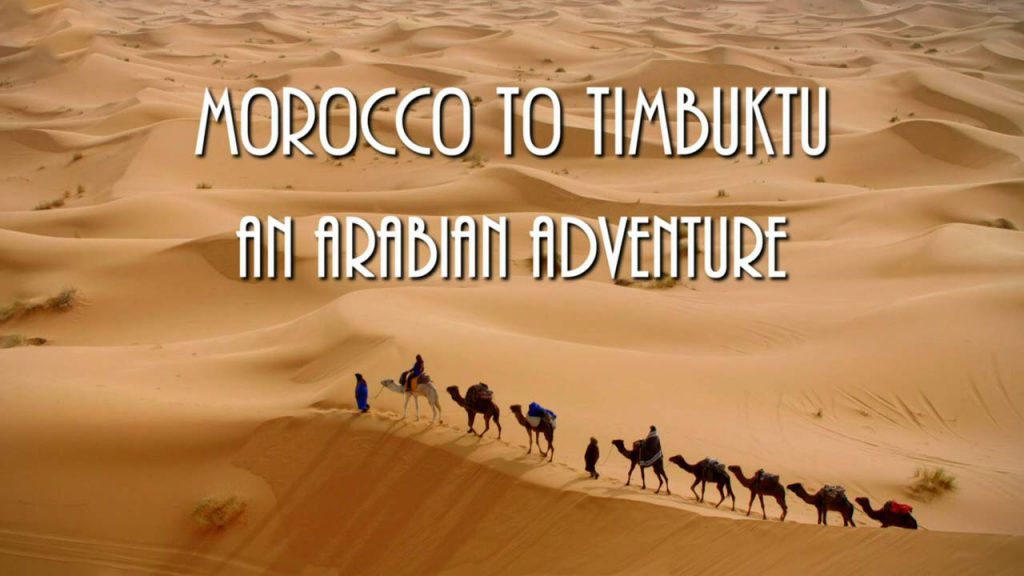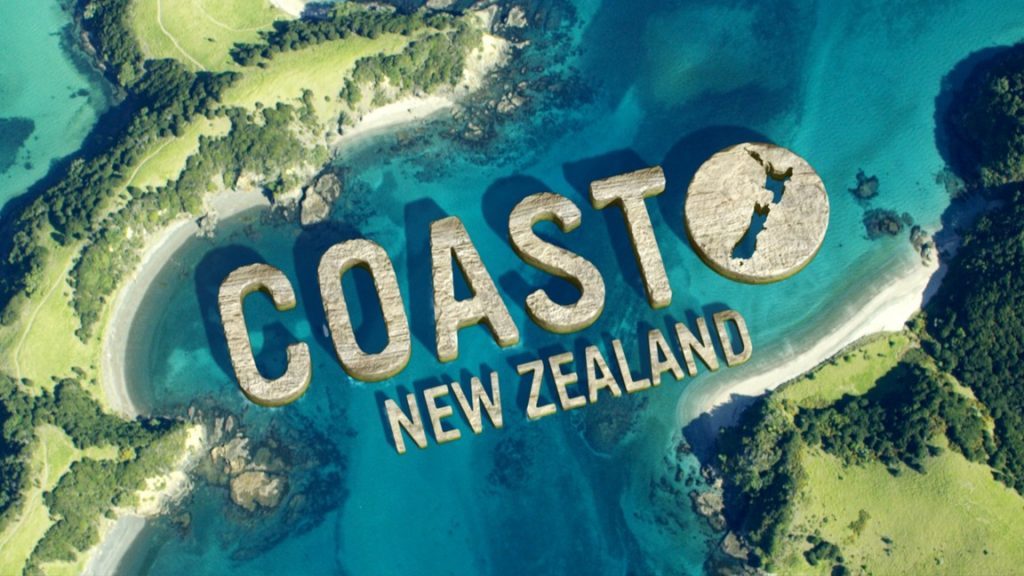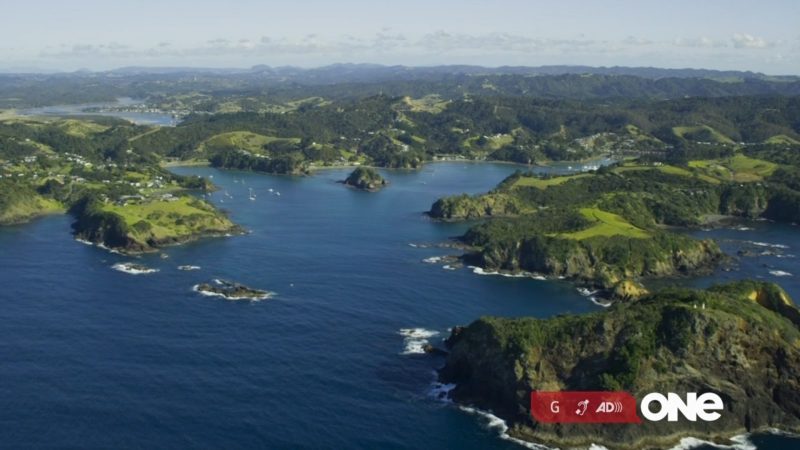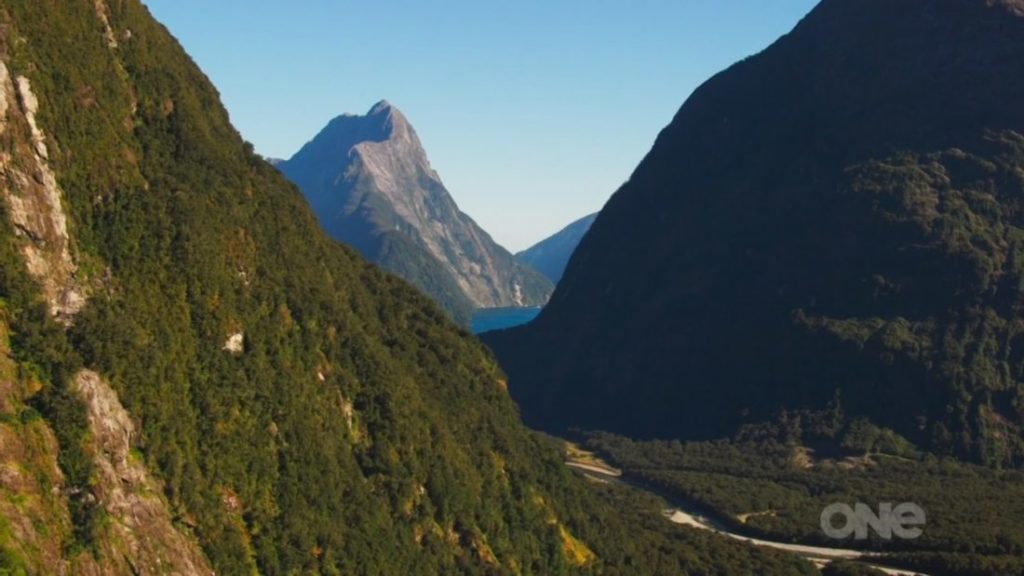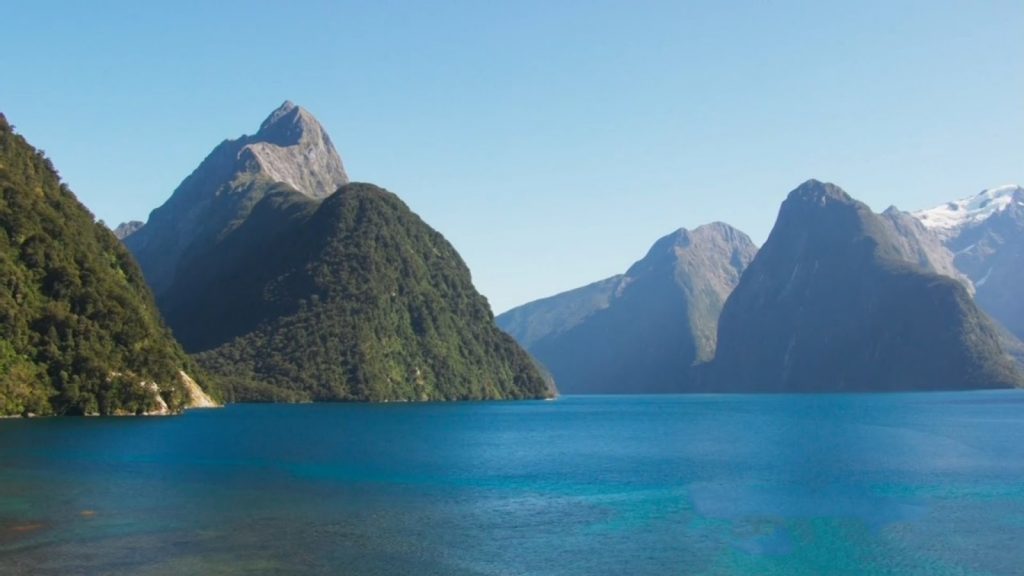Morocco to Timbuktu: An Arabian Adventure episode 2: Alice Morrison takes on the vast Sahara in an epic camel trek over the dunes. At night by the campfire, she hears a shocking story of modern-day slavery from her trekking guide. The next day, her journey across the sands is halted by the closed border between Algeria and Morocco. Undeterred, Alice heads west on another trading route to Guelmim. She stops in Tamegroute, where she finds a hidden library of ancient books, including manuscripts by a 16th-century Malian scholar. It is evidence that the trans-Saharan trade routes transferred knowledge as well as gold and salt.
Guelmim was home of Africa’s largest camel market centuries ago, supplying the merchants for their caravans across the desert. There is still a bustling lifestock market, but the salesmen tells Alice that now camels are mainly sold for food. Border disputes over Western Sahara bring Alice’s journey along the salt roads to a complete halt. She has to fly across Africa to the capital of Mali, Bamako. Here, she gets to the source of Timbuktu’s legendary wealth with a visit to a gold mine, and she rolls up her sleeves to try to unearth her own gold nugget. Flying the last leg into Timbuktu itself involves begging a seat on a UN flight. This ancient city has turned into one of the most dangerous places in the world after an incursion by Islamic extremists in 2012. It lasted a year, and now UN soldiers keep a fragile peace in the city, having pushed the insurgents just a few miles back into the desert.
When she finally reaches the City of Gold, Alice relives its glorious past with a visit to its world-famous mosques, the last surviving treasures of a bygone era. In the oldest of them, the Djinguereber mosque, she hears the tale of Mansa Musa, Mali’s greatest king and the richest man in history.
Morocco to Timbuktu: An Arabian Adventure episode 2
Timbuktu
Timbuktu is a city in Mali, situated twenty kilometres (12 mi) north of the Niger River. The town is the capital of the Tombouctou Region, one of the eight administrative regions of Mali. It had a population of 54,453 in the 2009 census.
Timbuktu started out as a seasonal settlement and became a permanent settlement early in the 12th century. After a shift in trading routes, particularly after the visit by Mansa Musa around 1325, Timbuktu flourished from the trade in salt, gold, ivory, and slaves. It became part of the Mali Empire early in the 14th century. In the first half of the 15th century, the Tuareg tribes took control of the city for a short period until the expanding Songhai Empire absorbed the city in 1468. A Moroccan army defeated the Songhai in 1591 and made Timbuktu, rather than Gao, their capital. The invaders established a new ruling class, the Arma, who after 1612 became virtually independent of Morocco. However, the golden age of the city, when it was a major learning and cultural centre of the Mali Empire, was over, and it entered a long period of decline. Different tribes governed until the French took over in 1893, a situation that lasted until it became part of the current Republic of Mali in 1960. Presently, Timbuktu is impoverished and suffers from desertification.
In its Golden Age, the town’s numerous Islamic scholars and extensive trading network supported an important book trade: together with the campuses of the Sankore Madrasah, an Islamic university, this established Timbuktu as a scholarly centre in Africa. Several notable historic writers, such as Shabeni and Leo Africanus, wrote about the city. These stories fuelled speculation in Europe, where the city’s reputation shifted from being extremely rich to being mysterious.
